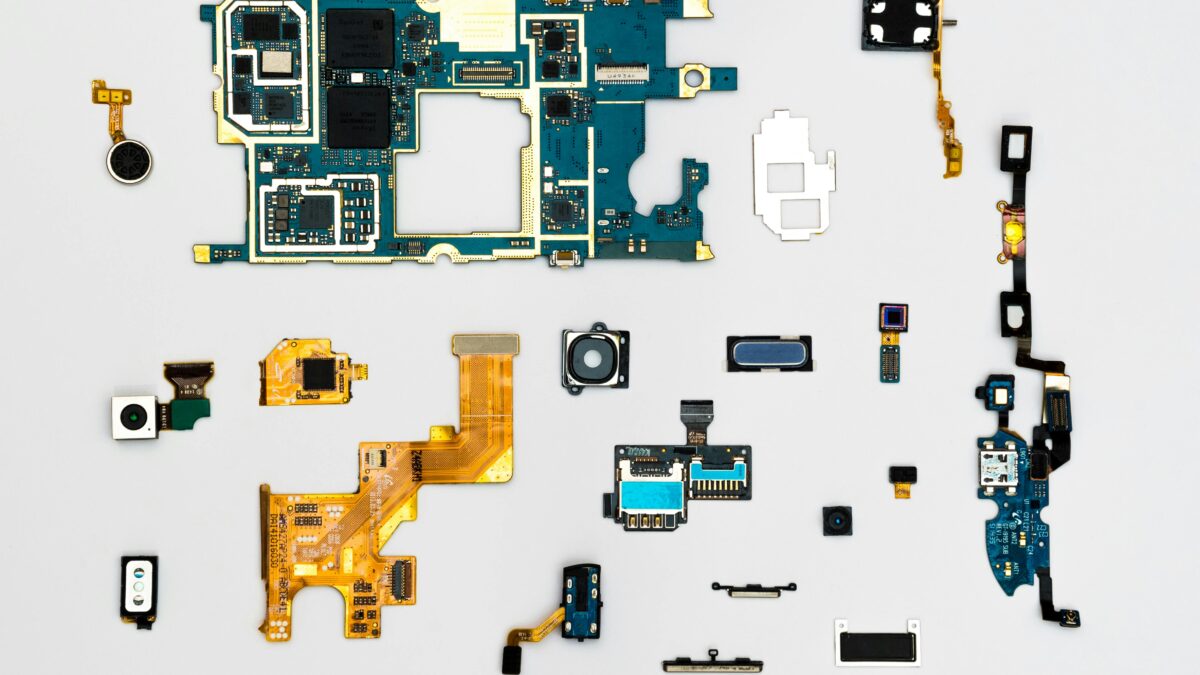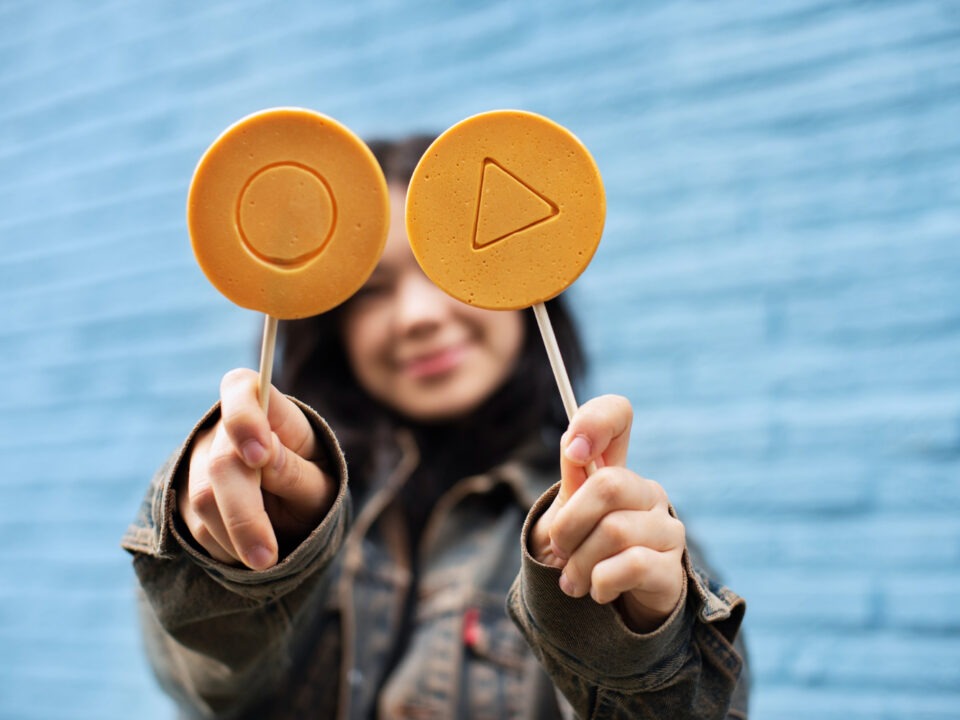
Defining Goals and Objectives for Successful Gamification Projects
2024-03-28
Harnessing Gamification to Build Great Feedback Systems
2024-04-15In the realm of gamification, progress mechanics serve as the backbone of user engagement and motivation. These mechanisms, which include points, badges, leaderboards, and progress bars, not only mark the achievements of users but also guide and motivate them toward their goals. Their design, however, is not a one-size-fits-all solution. It requires a nuanced approach to planning, monitoring, and designing to ensure they resonate with users and contribute to the gamification project’s overall success. Let’s delve into mastering the art of progress mechanics.
The Importance of Mastering Progress Mechanics in Gamification
Progress mechanics are essential for visualizing users’ journeys within a gamified system. They provide immediate feedback to users, rewarding achievements, and encouraging continued engagement. By clearly outlining the path to success, they help maintain user interest and commitment to the gamified task at hand.
Planning for Success
The planning stage is critical in laying the groundwork for effective progress mechanics. This involves:
- Defining Clear Objectives: Identify what you aim to achieve with your gamification strategy. This clarity will inform the type of progress mechanics you implement.
- Understanding Your Audience: Different audiences will respond to different types of progress indicators. It’s essential to tailor your mechanics to the preferences and motivations of your target users.
- Aligning Mechanics with Goals: Ensure that your progress mechanics directly contribute to your gamification objectives, whether that’s increasing user engagement, promoting learning, or encouraging behavior change.
Designing Progress Mechanics
Designing progress mechanics that motivate and engage involves several best practices:
- Balance Challenge and Reward: Mechanics should challenge users enough to keep them interested but not so much that they feel unachievable. Finding this balance is key to maintaining engagement.
- Diversity in Rewards: Offer various types of rewards to cater to different user motivations. This can include virtual rewards, like badges, or real-world incentives.
- Ensure Accessibility: Design your progress mechanics to be inclusive and accessible to all users, regardless of their skill level or experience with gamification.
Monitoring and Refining
Once your gamification system is in place, it’s crucial to monitor its performance and the effectiveness of your progress mechanics. This involves:
- Tracking User Engagement: Analyze user interaction with the progress mechanics. Are they motivating the desired behaviors? Are users engaging with them as expected?
- Interpreting Data: Use data analytics to understand how progress mechanics influence user behavior and the overall success of your gamification strategy.
- Making Adjustments: Be prepared to refine your mechanics based on feedback and data. Continuous improvement will help you better meet your objectives and keep users engaged.
Case Studies on Mastering Progress Mechanics
Many companies have successfully implemented progress mechanics in their gamification strategies. For instance, fitness apps like Strava use progress mechanics to motivate users by tracking their activities and benchmarking them against past performances and other users. Duolingo’s use of daily streaks and experience points keeps learners returning to the app, eager to maintain their progress in language learning.
Tools and Resources
Various tools can assist in the planning, design, and monitoring of progress mechanics. Gamification platforms like RapidMule offer customizable progress mechanics that can be tailored to your specific needs and goals. Analytics tools can track user engagement and provide insights to refine your strategy over time.
In Conclusion
Progress mechanics are a vital component of any successful gamification strategy, providing a roadmap for users and motivating them to achieve their goals. By carefully planning, designing, and monitoring these mechanics, you can create a gamified experience that not only engages users but also drives them towards meaningful outcomes. Remember, the key to mastering progress mechanics lies in understanding your audience, aligning mechanics with your objectives, and being willing to adapt based on user feedback and data.
For more insights into gamification and how to leverage it for your business, reach us at RapidMule. Let’s harness the power of gamification together to create engaging, motivating, and successful experiences.




